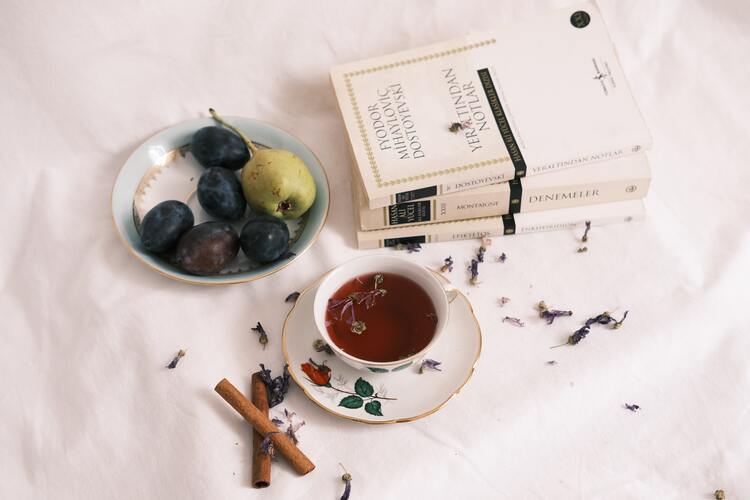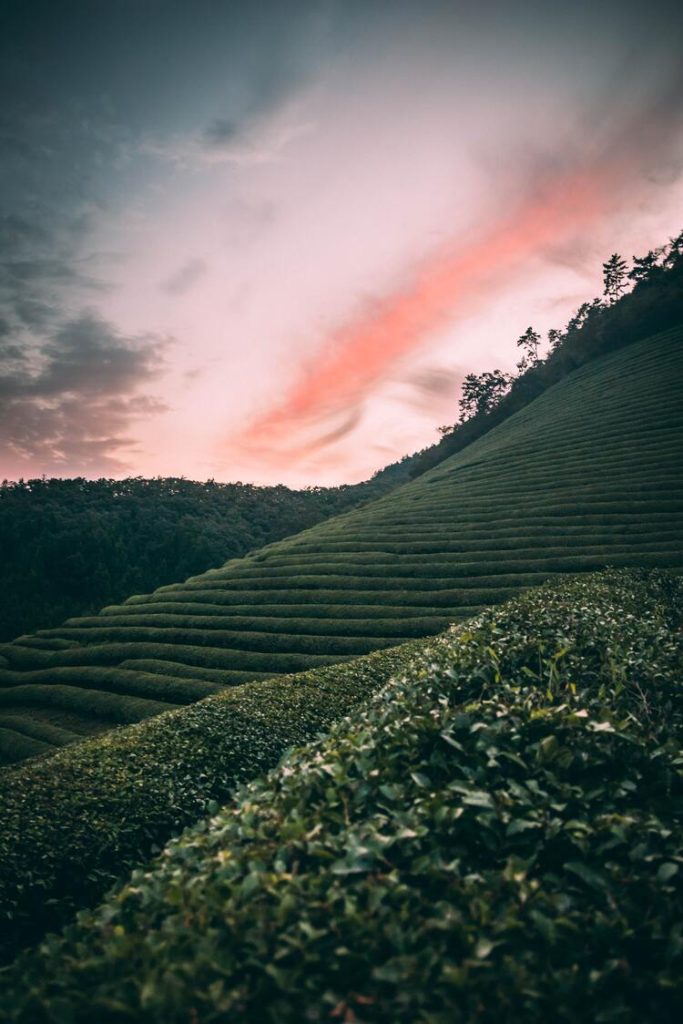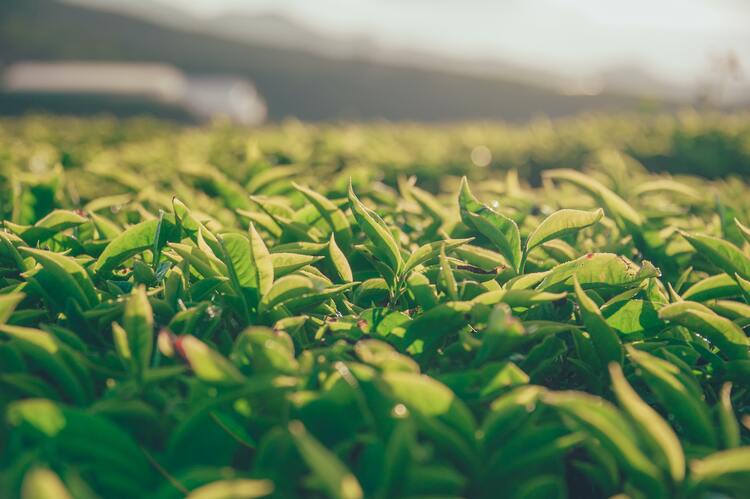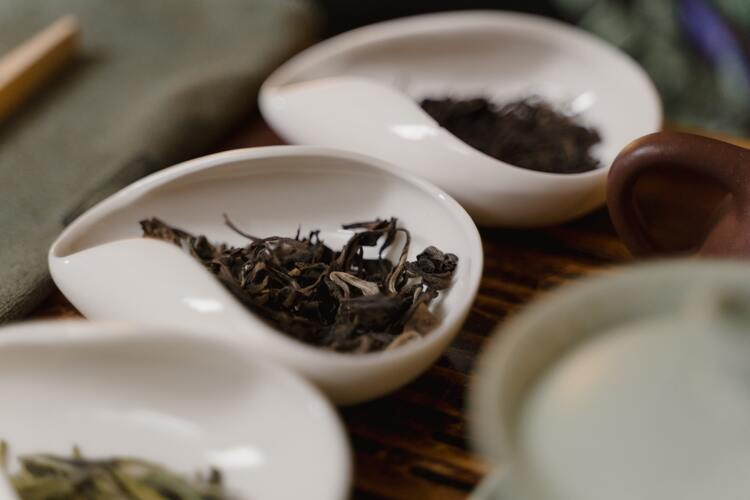Are you looking to learn more about the process of making black tea? If so, you’re in the right place. Black tea is one of the most popular types of tea worldwide and is enjoyed by millions daily. But have you ever wondered how it’s made?
Black tea is made from the leaves of the Camellia sinensis plant, the same plant used to make green, white, and oolong teas. The difference between these teas lies in the processing method used.
Black tea is the most oxidized of all tea types, which gives it its distinctive flavor and color. The process of making black tea involves several steps, including withering, rolling, oxidation, and drying.
In this article, we’ll explore each of these steps in detail and give you a better understanding of how black tea is made.

Process of Making Black Tea: A Bit of History
When you think of tea, you might picture a steaming cup of Earl Grey or a refreshing glass of iced tea. But have you ever wondered about its origins? Black tea, in particular, has a fascinating history that spans centuries and continents.
The origins of black tea processing can be traced back to China, where tea has been consumed for thousands of years. Legend has it that the first cup of tea was brewed by Emperor Shen Nong in 2737 BC when a tea leaf accidentally fell into his boiling water. Over time, tea became an essential part of Chinese culture and was even used as a currency.
It wasn’t until the 17th century that black tea processing was developed in China. Before this, all tea was green tea. But black tea was born when the Chinese discovered that oxidizing the tea leaves produced a darker, richer flavor.
Black tea processing eventually made its way to India, where it became a significant industry. In the mid-19th century, a British tea planter named Robert Fortune smuggled tea plants and skilled Chinese tea workers out of China and into India’s Darjeeling and Assam regions. This move helped establish India as a major player in the global tea market.
Sri Lanka, formerly known as Ceylon, also became a major producer of black tea in the 19th century. The British, who had colonized the island, saw the potential for tea production and began converting the land into tea plantations. Today, Sri Lanka is one of the world’s largest exporters of black tea.
The process of making black tea has come a long way since its early days in China. Today, there are many processing methods, each with its unique flavor profile. Some of the most popular black tea varieties come from Fujian, Anhui, and Yunnan Provinces in China, Assam and Darjeeling in India, Sri Lanka, and Kenya.
Read More: The History of Black Tea

The Process of Making Black Tea
When it comes to processing black tea, there are several steps involved. Each step is crucial in determining the final flavor and aroma of the tea. Here are the main steps involved in the process:
Cultivation and Harvesting
The first step in the process of making black tea is the cultivation and harvesting of the tea leaves. The tea plant Camellia sinensis, is grown in specific regions worldwide. The leaves are typically harvested by hand, although some tea gardens may use machines.
Generally, the top two leaves and a bud are selected as they offer optimal flavor and aroma. The harvest timing plays a crucial role in determining the characteristics of the final tea. Different tea-growing regions have specific harvesting seasons to pick the best quality leaves.
Withering
After the tea leaves are harvested, they are spread out on large trays or racks to wither. This process involves exposing the leaves to humidity and temperature changes, which causes them to lose moisture. This step is vital because it makes the leaves pliable and easier to work with during the next step.
Rolling
The next step in processing black tea is rolling the leaves. This step involves cutting or bruising (or twisting) the leaves to release enzymes. The enzymes then react with the oxygen in the air, causing the leaves to oxidize. Rolling also helps to shape the leaves and release any remaining moisture.
Traditionally, rolling was done manually, but modern methods employ mechanical rollers or machines to achieve consistent results. We will give additional insight into the rolling techniques in the next section.
Oxidation
After rolling, the tea leaves are spread out in a cool, well-ventilated environment to oxidize. Oxidation is a controlled chemical reaction facilitated by enzymes present in the leaves. During this stage, the polyphenols in the leaves react with oxygen, resulting in the development of complex flavors, aromas, and the dark color characteristic of black tea.
The oxidation process can take several hours to several days, depending on the desired level.
This step is also called or known as fermentation. These two terms, fermentation and oxidation, are used interchangeably. However, technically, fermentation is a process where bacteria and yeast convert sugars in a product to alcohol. Since this process does not occur on tea leaves, we prefer to use the term oxidation.
Drying
Once the tea leaves have been fermented, they are dried to stop oxidation. This step involves exposing the leaves to heat, which removes any remaining moisture. Drying also helps to seal the flavor and aroma of the tea.
Sorting and Grading
After drying, the tea leaves go through a sorting process. They are sifted and graded based on size, appearance, and quality. Tea estates employ experienced tea tasters who assess the leaves’ characteristics and assign grades accordingly. The grading system may vary depending on the country and region, but it helps classify the tea and ensure consistency in flavor and quality.
Packaging
The final step in black tea processing is packaging. The sorted and graded tea leaves are carefully packed to preserve their freshness and quality. They are often sealed in airtight containers or bags to protect them from moisture, light, and other factors that can degrade the tea. Proper packaging is essential to retain the tea’s flavor, aroma, and overall quality until it reaches the consumer.
The process of making black tea is complex and requires careful attention to detail. Each step plays a critical role in determining the final flavor and aroma of the tea.

Black Tea Processing Methods
We have discussed the main steps involved in processing black tea. Now, there are different ways to complete each step in the process. These differences allow tea artisans to imprint their knowledge and skill into the process.
Below, we discuss the two main processing methods.
Orthodox Method
This traditional technique involves carefully withering, rolling, oxidizing, and drying the tea leaves by hand. The rolling process is performed gently, which helps preserve the tea’s natural flavors. High-quality tea leaves are obtained from this process.
Crush, Tear, Curl (CTC) Method
This more modern approach is characterized by crushing, tearing, and curling the tea leaves with a machine. The CTC method is more efficient and faster, as the leaves are quickly exposed to air, promoting faster oxidation.
The CTC method yields black tea with a more robust flavor. The tea leaves are cut into small pieces, which helps release the tea’s natural oils and tastes. Because of the method’s consistency, the resulting tea leaves are often used in tea bags.

Black Tea Grading
Black tea undergoes a grading process that helps classify and determine its quality. The grading system varies across tea-producing regions, but it generally involves assessing the tea leaves’ appearance, size, and quality.
Understanding how black tea is graded can provide insights into the tea’s flavor profile and overall value.
Leaf Size
Leaf size is an essential criterion in black tea grading. The size of the tea leaves can affect the strength, infusion time, and overall flavor of the brewed tea. Tea leaves are typically categorized into several grades based on their size:
- Whole Leaf: This grade includes the largest and most intact tea leaves. Whole leaf grades are often associated with higher quality teas and are preferred by connoisseurs who appreciate a nuanced and complex flavor profile.
- Broken Leaf: Broken leaf grades consist of smaller tea leaf fragments. These leaves are typically broken during the rolling process. Broken leaf grades can offer a more robust flavor as they infuse more quickly and release their flavor more readily.
- Fannings and Dust: Fannings and dust grades consist of small tea particles and fine tea powder. These grades are commonly used in tea bags and offer a quicker infusion but may produce a milder flavor than whole or broken-leaf grades.
Appearance
The appearance of the tea leaves is also considered during the grading process. Tea tasters evaluate factors such as color, uniformity, and the presence of tips or buds. Leaves with golden or silver tips, known as “tippy” teas, are often associated with higher grades due to their desirable appearance and potential for a more delicate and nuanced flavor.
Quality
Tea tasters assess the overall quality of the tea leaves based on factors such as aroma, flavor, and liquor (the liquid resulting from brewing the tea). These evaluations are conducted through sensory analysis, where experienced tasters use their expertise to identify and rate various flavor profiles and attributes.
Tea gardens and estates often have internal grading systems to maintain consistency and ensure quality control. These internal grades are sometimes denoted by unique names specific to the particular estate or producer.
Regional Variations
It’s important to note that grading systems can vary among tea-producing regions.
For example, Indian, Sri Lankan, and Kenyan teas use the British grading system. This system grades orthodox tea leaves based on size and appearance.
For whole leaves, the grades are as follows (from highest to lowest):
- SFTGFOP – Special Fine Tippy Golden Flowery Orange Pekoe
- FTGFOP – Fine Tippy Golden Flowery Orange Pekoe
- TGGOP – Tippy Golden Flowery Orange Pekoe
- GFOP – Golden Flowery Orange Pekoe
- FOP – Flowery Orange Pekoe
- FP – Flowery Pekoe
- OP – Orange Pekoe
In the British grading system, there is a broken leaf scale as well.
Understanding the grading system specific to the region of origin can provide valuable insights into the quality and characteristics of black teas from different areas.
It’s important to note that grading is not the sole determinant of a tea’s quality or flavor. Personal preference and individual taste preferences play a significant role in selecting the right black tea for enjoyment.

Well, there you have it! Next time you savor a cup of black tea, take a moment to appreciate the journey it has undergone, from the meticulously harvested leaves to the artful processing techniques. It’s a testament to the dedication and passion of the tea producers who work tirelessly to bring this delightful beverage to our tables. Until next time, keep sipping!
How well-versed are you in the process of making black tea?
More About Black Tea
What Does Assam Tea Taste Like?
What Does Darjeeling Tea Taste Like?
What Does Ceylon Tea Taste Like?